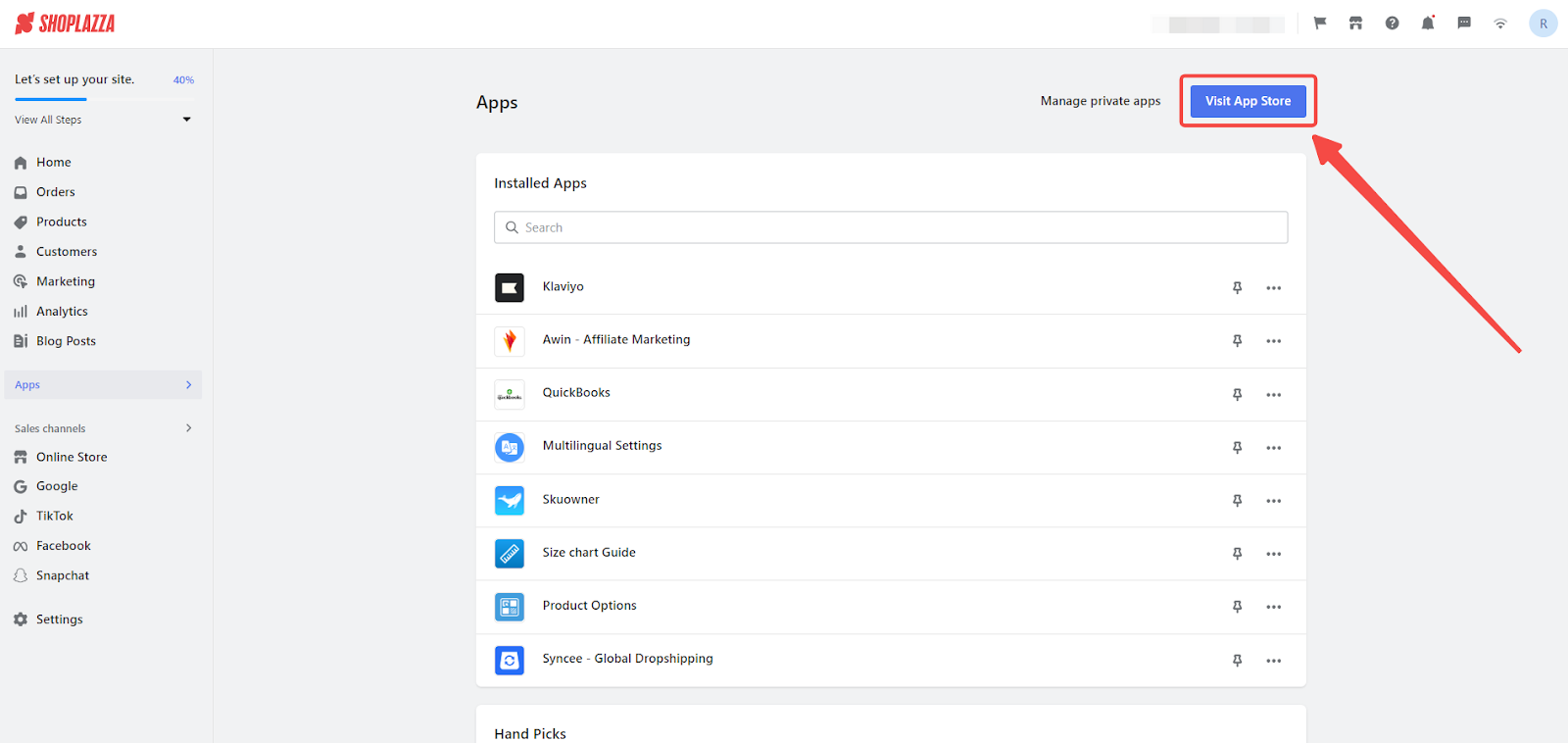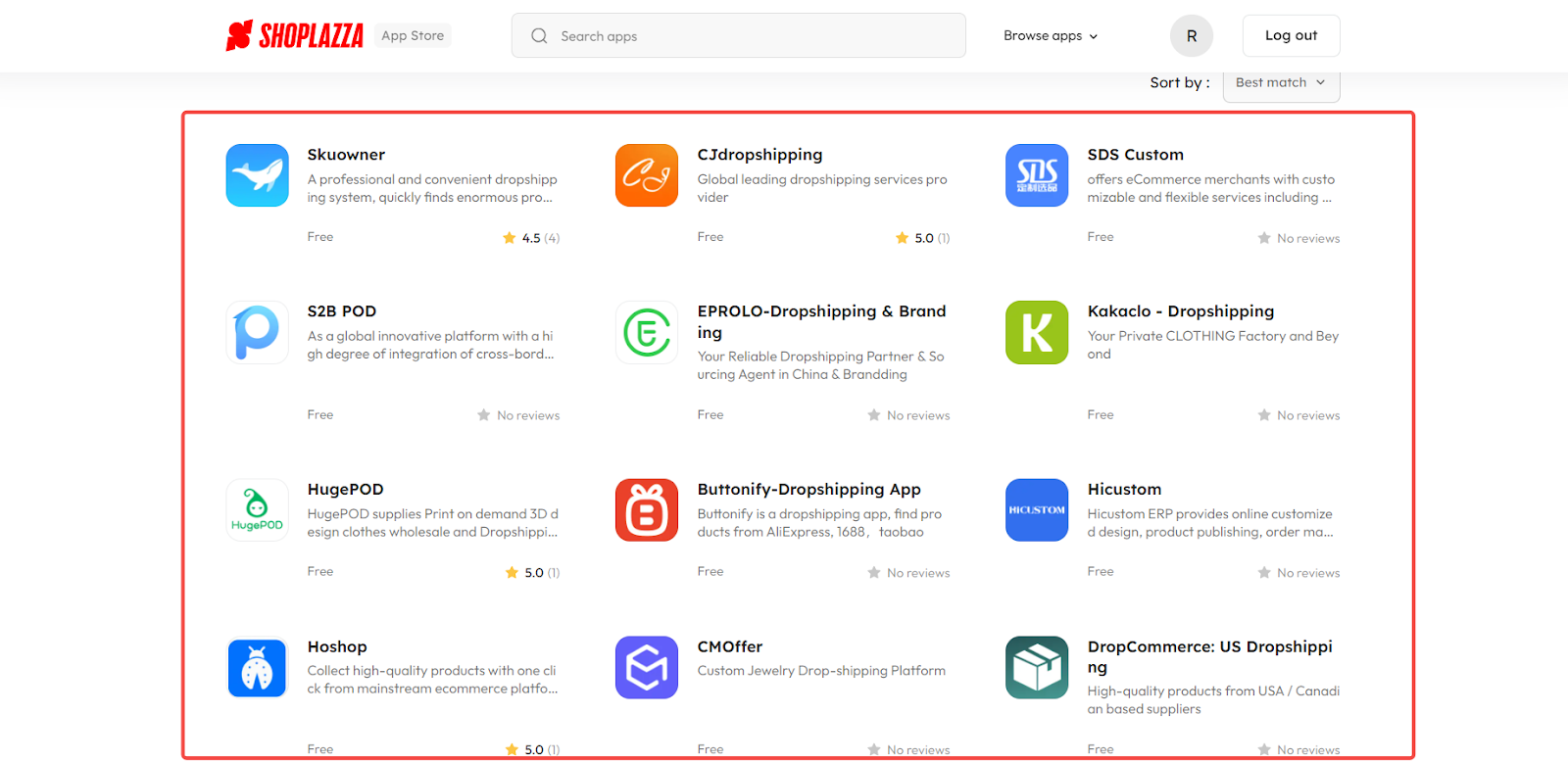Dropshipping offers a great approach for entrepreneurs, simplifying business operations by eliminating the need for inventory management. In this business model, you connect with customers while a third party, usually a wholesaler or manufacturer, manages inventory. The orders are fulfilled without you having to store any items physically. This guide aims to assist beginners in starting and growing a successful dropshipping business, outlining key steps and strategies for success.
Benefits of dropshipping
1. Minimal Investment: Start a dropshipping business with significantly less capital than traditional retail.
2. Reduced Risk: The absence of inventory significantly lowers the financial risks associated with stock management and over-purchasing.
3. Flexibility and Scalability: Easily experiment with and sell various products without heavy investment in inventory.
4. Focus on Core Business Aspects: Concentrate on building your brand, marketing, and improving customer service without the worry of inventory management.
Starting your dropshipping business
Find your niche
- Select a niche that interests you and has a potential customer base.
- Thoroughly research market trends, customer needs, and competitors.
Selecting your dropshipping suppliers
- Consider suppliers like Buttonify , CJdropshipping , DropCommerce: US Dropshipping , Wholesale2B , and others.
- Evaluate suppliers based on product quality, shipping times, and reliability.
- For more on specific dropshipping apps, refer to our articles on CJDropshipping and Skuowner.
Accessing dropshipping suppliers on Shoplazza
1. Access the Shoplazza App Store: From your Shoplazza admin, go to Apps and click Visit the App Store.

2. Browse the product sourcing category: Hover over Browse apps and click on Finding Products.

3. Explore available dropshipping apps: Here, you'll find a variety of dropshipping suppliers.

4. Review app details and features: Click on an app that catches your interest. Then, scroll down to find comprehensive information about the app, paying particular attention to aspects relevant to your target market.

Adding products to your store
- Select products from your chosen suppliers that align with your niche.
- Create detailed product listings with high-quality images and compelling descriptions to attract potential customers.
- For tips on presenting products, visit our Adding and Updating products in the Help Center.
Setting up payments and shipping
- Set up payment processors like PayPal, Stripe, or credit card systems for seamless customer transactions.
- Define shipping options and rates, aligned with your suppliers' policies.
- Our Payment Help guide provides further insights on optimizing your payment processes.
Implementing a marketing strategy
- Develop a marketing plan covering SEO, content marketing, social media, and email campaigns.
- Consider using paid advertising on platforms like Google Ads and Facebook to expand your business's reach.
- Explore detailed marketing strategies in our Sales Channels section of the Help Center.
Managing orders and customer support
- Utilize the Shoplazza dashboard for efficient order processing and tracking.
- Provide exceptional customer service, including handling returns and promptly addressing customer inquiries.
- For best practices in order management, refer to our Viewing and Editing order details.
Analyze and optimize
- Regularly review sales data, website traffic, and customer feedback to gain valuable insights.
- Use these insights to refine your product selection, enhance marketing strategies, and improve the overall customer experience.
- Gain more insights into analysis and optimization by exploring our Analytics section.
Dropshipping presents an attractive, low-risk avenue into e-commerce, demanding minimal initial investment. The keys to success in this model are choosing the right niche and suppliers, effective marketing, and delivering exceptional customer service. Building a brand that truly connects with your audience is fundamental. By adhering to these steps, you're well on your way to establishing a flourishing online business in the dynamic world of dropshipping.



Comments
Please sign in to leave a comment.